Newsroom
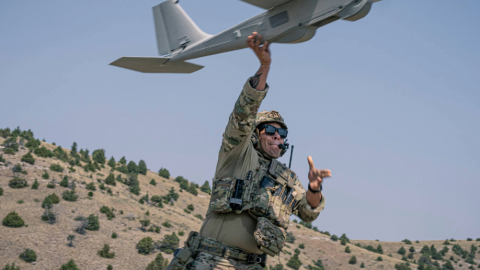
AV Unveils Advanced Software Updates to Enhance Puma UAS Capabilities in Contested Environments
November 14, 2024 (Press Releases)
Arlington, VA, November 14, 2024 – AeroVironment (AV) announces a powerful suite of software updates, called...
Read More__thumbnail.png)
NASA and Partners Scaling to New Heights
October 22, 2024 (In The News)
NASA, in partnership with AeroVironment and Aerostar, recently demonstrated a first-of-its-kind air traffic...
Read More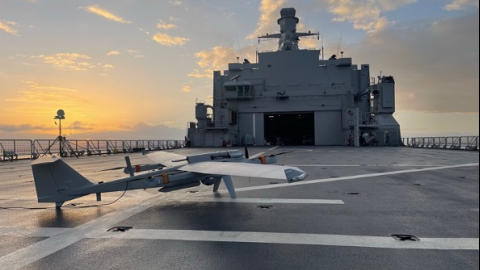
AV Showcases JUMP 20’s Advanced Maritime Capabilities at NATO REPMUS Demonstration
October 15, 2024 (Press Releases)
Arlington, Va., October 15, 2024 – AeroVironment (AV) successfully showcased the maritime prowess of...
Read More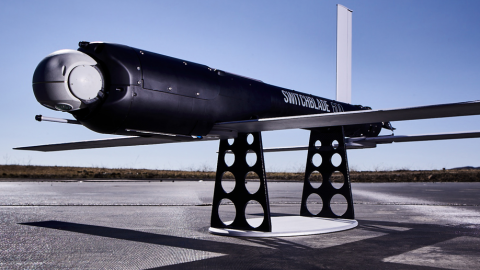
AV Secures $743 Million Additional Contract Ceiling for Switchblade Loitering Munition Systems
October 14, 2024 (Press Releases)
Arlington, Va., October 14, 2024 – AeroVironment (AV), a global leader in intelligent, multi-domain robotic...
Read More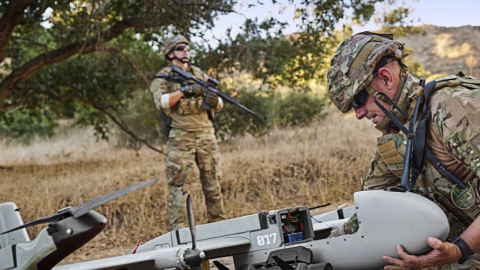
AV Unveils P550: Autonomous Group 2 eVTOL UAS, Ushers in a New Era of Battlefield Adaptability and Mission Flexibility for Maneuver Forces
October 14, 2024 (Press Releases)
Arlington, Va., October 14, 2024 – AeroVironment (AV) has introduced the P550™ advanced...
Read More__thumbnail.jpg)
AV Secures $54.8 Million Contract Modification for Switchblade Loitering Munition Systems
October 09, 2024 (In The News)
AeroVironment (AV), a global leader in intelligent, multi-domain robotic systems, announced today that the...
Read More
AV Showcases Next-Generation Defense Robotics at DEVCON 2024 in Orlando
October 07, 2024 (Press Releases)
Arlington, Va., October 7, 2024 – AeroVironment (AV), a global leader in intelligent, multi-domain...
Read More
AV and Our CEO Wahid Nawabi featured in Forbes
October 04, 2024 (In The News)
The article highlights our journey in delivering cutting-edge, uncrewed systems that are shaping the future of...
Read More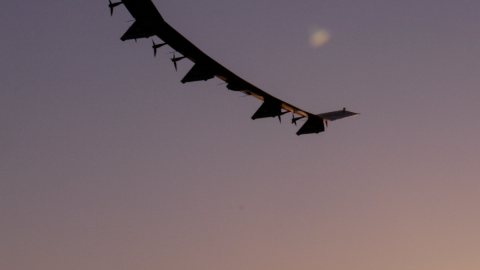
AV Successfully Flight Tests New Solar-Powered Aircraft, Redefines Stratospheric Payload Capabilities
October 01, 2024 (Press Releases)
ARLINGTON, Va., Oct 1, 2024 – AeroVironment (AV) flight-tested an upgraded Sunglider™, enhancing...
Read More